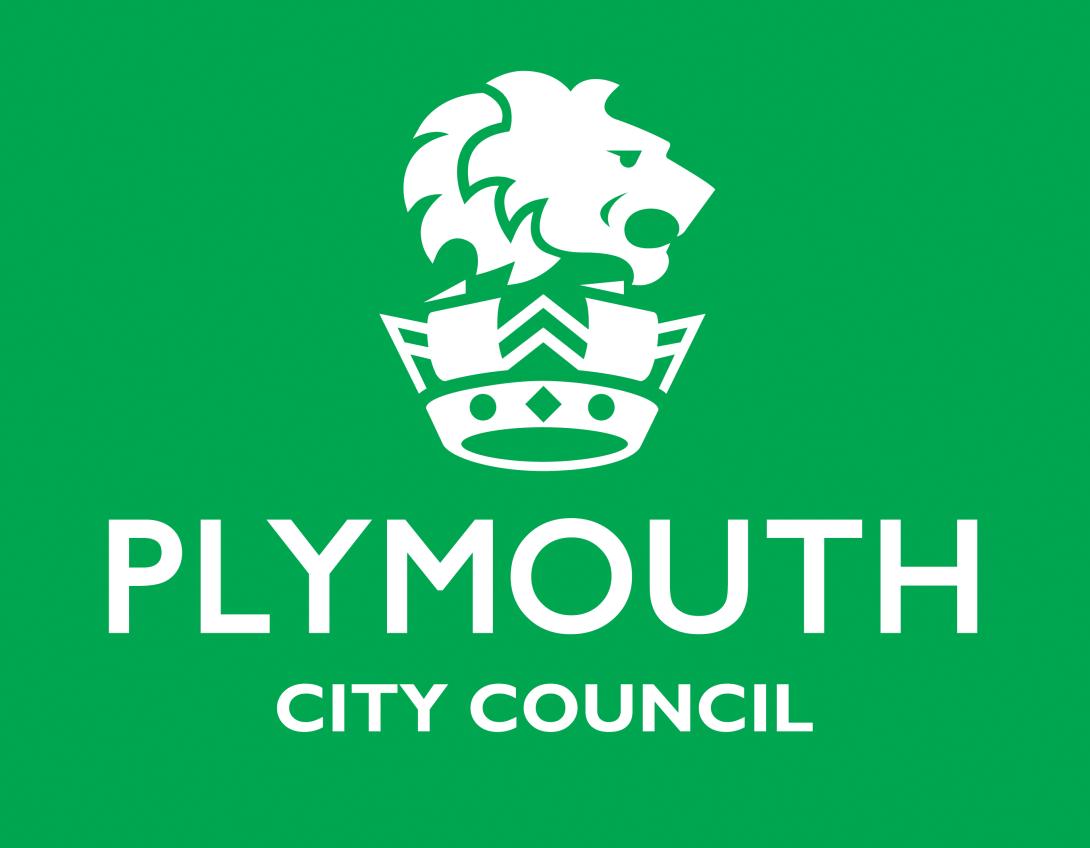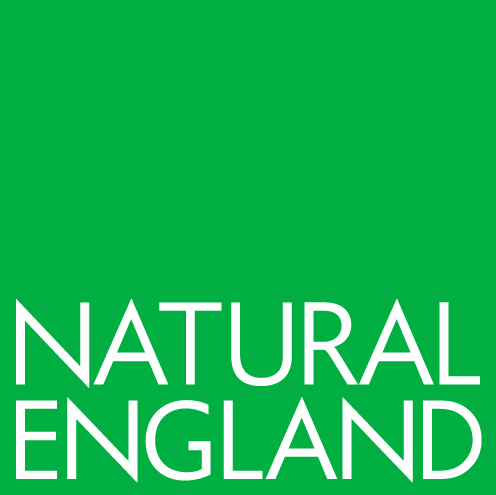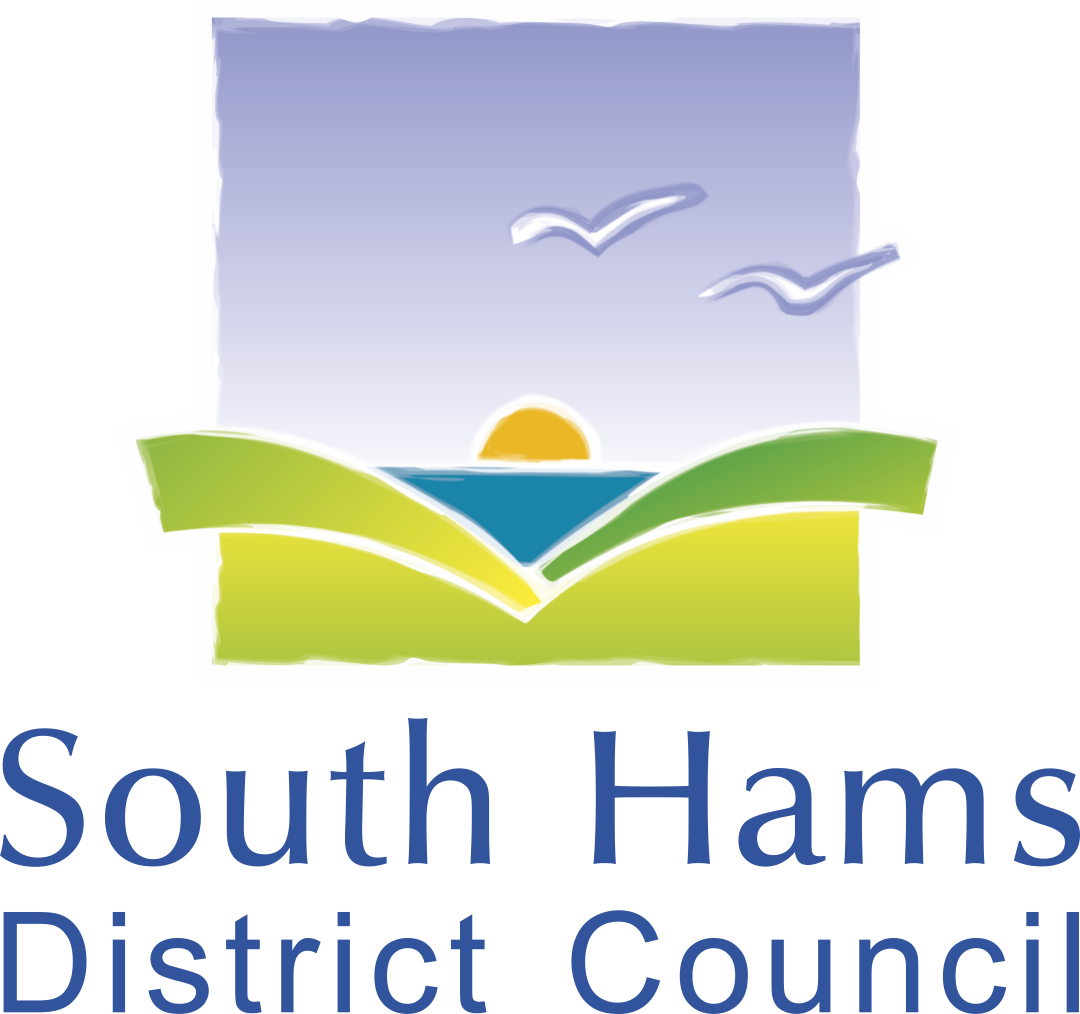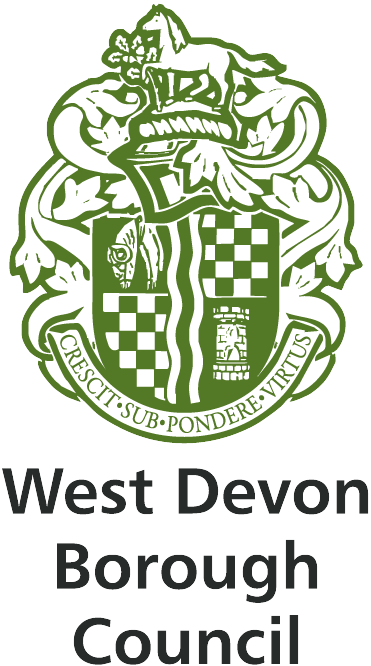Marine Recreation Impacts
Photo credit: Kate Duncan
As local populations grow and tourism increases in the Plymouth Sound and Estuaries area there is an enhanced risk of pressures and impacts on the marine and coastal environment. The wide range of recreational activities which take place within these waters can cause damage and disturbance to the important protected habitats and features.
The Marine Recreation Mitigation and Management Scheme was created to meet statutory management commitments. The relevant Local Planning Authorities, through their Local Plan's Habitat Regulation Assessments, are responsible for ensuring that there are comprehensive and robust mitigation and management measures in place to allow the continued protection of the MPA.
The work in this scheme is funded by section 106 and Community Infrastructure Levy (CIL) contributions from developments and is a key delivery mechanism for the Tamar Estuaries Management Plan.
More information about the group can be found under Governance.
How the scheme is delivered
- Conservation Projects - supporting secure habitats and species protection, enhancement and restoration.
- Advocacy and Engagement - encourage positive behaviour changes, community and stakeholder sharing knowledge, increasing understanding.
- Working Together - partnerships, sharing best practices, resources, collaboration
- Monitoring and Management - baseline monitoring enabling more effective management.
Potential types of impacts
- Physical Damage - e.g. trampling, launching craft, anchoring
- Species Disturbance - e.g. birds, marine mammals, fish, invertebrates
- Contamination - e.g. littering, pollution events, water quality, non-native (invasive) species, dog fouling
- Fire - e.g camping, BBQs, cigarettes, littering
- Other - e.g. angling, spearfishing, hand gathering (crab tiling and bait digging), foraging.
Steering Group Members






